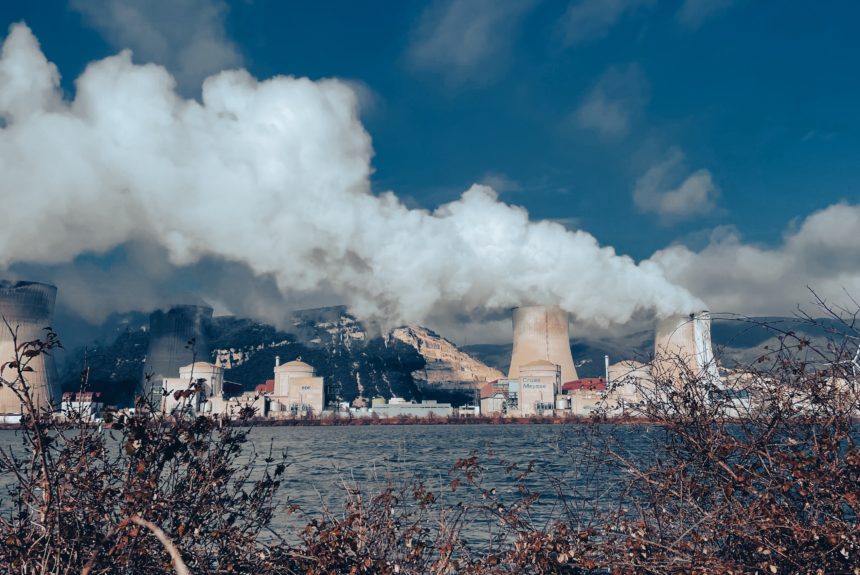In early March, Germany’s government announced that it would be phasing out all of its nuclear power production and use by the end of 2022. While the nation temporarily considered keeping its plants open for the sake of energy security in the wake of Russia’s war on Ukraine, it ultimately decided that dismantling its nuclear infrastructure was more pertinent. Germany’s government has made a crucial error if it hopes to mitigate the effects of climate change. Nuclear is unparalleled in its efficiency and, critically, is our largest source of emissions-free energy. The world is moving backward on climate progress the more it devalues nuclear power.
Around the world, nuclear plant closures and openings have been relatively balanced for the past two decades. This global trend is kept in the U.S., where red tape is one of the greatest barriers to nuclear’s growth. The average nuclear plant faces between $7.4 million and $15.5 million in regulatory costs alone per year. These tolls combine with federal regulatory capital fees and expenditures to cost plants an annual $60 million.
>>>READ: California and Germany’s Nuclear Regulation Mistakes
However, the bulk of the regulations that inhibit nuclear’s growth has grown obsolete for maintaining safe plant operations. Much of the current nuclear regulatory framework dates to the 1950s, but technology has changed. Advanced nuclear reactors, for instance, have innovative reactor cooling technology that makes the risk of nuclear meltdowns in modern American plants extraordinarily unlikely.
Gross overestimations of nuclear’s “risks,” particularly for those who would live closest to plants, pose serious threats to its advancement in the U.S. “Not-in-my-backyard” citizens (NIMBYs) are resistant to the idea of reactors being established in their neighborhoods, fearing catastrophic personal harm in the case of a meltdown. But nuclear’s merits demand that the power source become central to the American energy grid.
In truth, nuclear power is one of the safest energy sources worldwide. Natural gas, oil, and coal production have death rates from accidents and air pollution 40, 263, and 351 times higher than nuclear, respectively. While NIMBY anxieties over nuclear’s safety are often cited as justification for extreme nuclear regulation, there is overwhelming evidence that nuclear energy is significantly safer than more popular, less regulated power sources.
Nuclear’s safety will only grow as innovation progresses. Fusion technology, for instance, is on the cusp of becoming viable as an energy source, and as fusion reactors have automatic cooling systems, nuclear accidents in these reactors are impossible. This makes nuclear fusion plants even safer than fission ones and will render the U.S.’s current nuclear regulation even more outdated when fusion technology proliferates. New, smaller modular reactor technologies, too, have already proven safer than already-safe larger reactors.
>>>READ: After Decades of Waiting, Nuclear Fusion is Moving into Full View
For a number of U.S. plants, unnecessary regulatory costs trump their profitability. As such, it is unsurprising that American nuclear facilities are closing at a faster rate than they are opening, and that the nuclear industry is often decried as financially infeasible. Yet by simply modernizing these regulations, the U.S. government could stimulate economic growth. Nuclear production itself is actually fairly cheap, and, given the extraordinary amount of power it would create, a flourishing American nuclear sector could easily become a dominant global energy industry.
The present American approach to its nuclear industry is to punish production through regulation, rather than encourage production by giving it the freedom to grow and prosper. Fortunately, this is beginning to change. In 2019, President Trump signed into law the Nuclear Energy Innovation and Modernization Act which, among other things, directed the Nuclear Regulatory Commission (NRC) to establish a licensing framework for advanced reactors by 2027. The NRC has approved a plan known as Part 53 that they expect to finalize in 2024 that will ensure the fiscal viability of nuclear plants.
Despite certain steps in the right direction, however, substantial work remains to be done if U.S. policymakers are serious about stymieing climate change. To secure a greener future, the government should stop kneecapping one of the most essential tools we have in this fight. Excessively regulating nuclear energy is a danger to our environment. Deregulation would be an act of modernization and economic stimulus and would communicate a new resolve to protect the earth.
Nadia Suben is the leader of the American Conservation Coalition’s New York City branch, as well as the founder of the organization’s Conservatives for Clean Cities initiative.
The views and opinions expressed are those of the author’s and do not necessarily reflect the official policy or position of C3.
